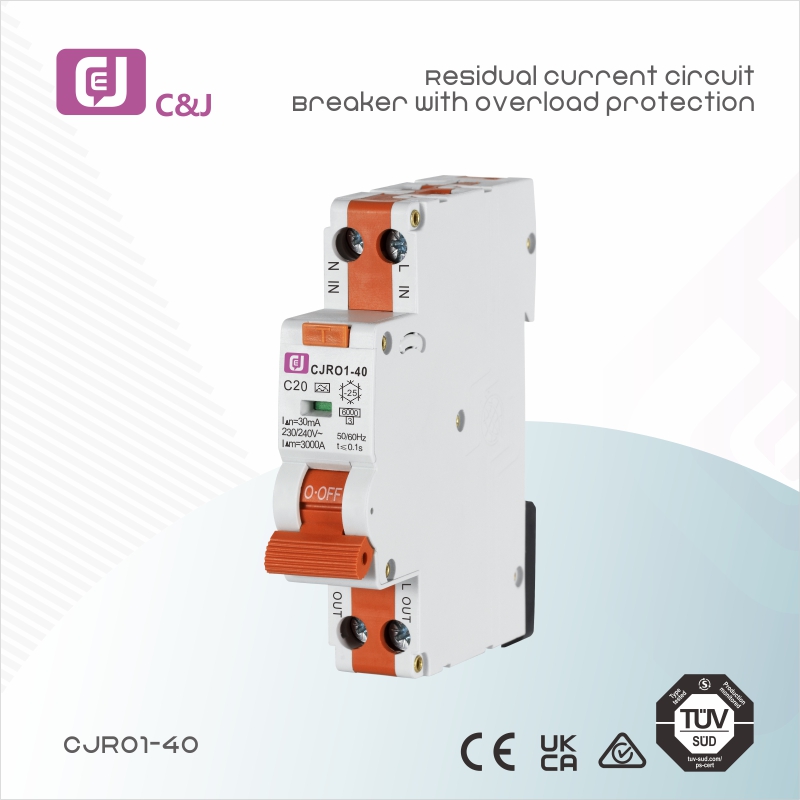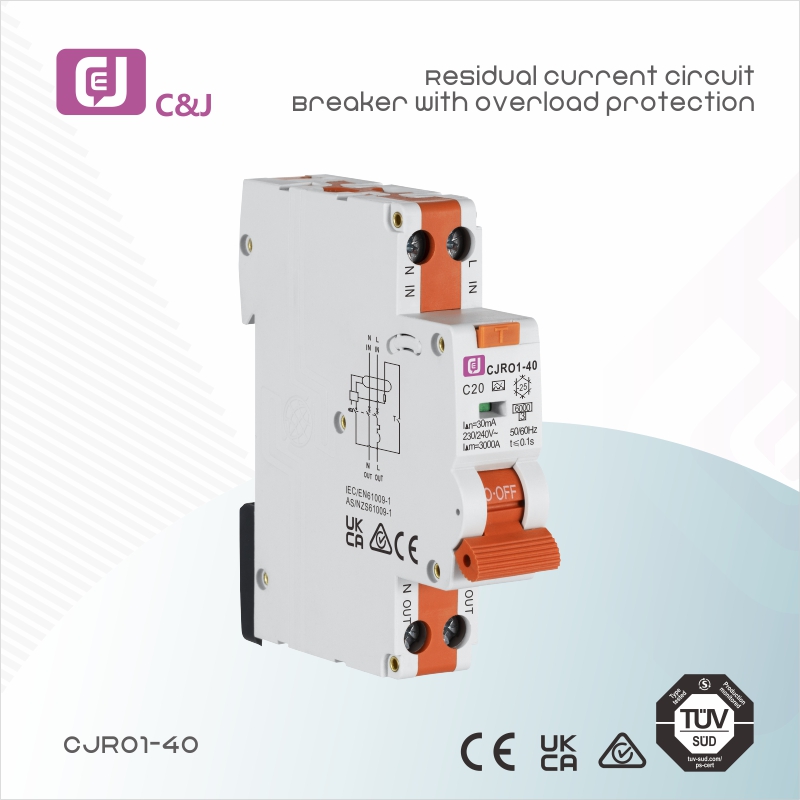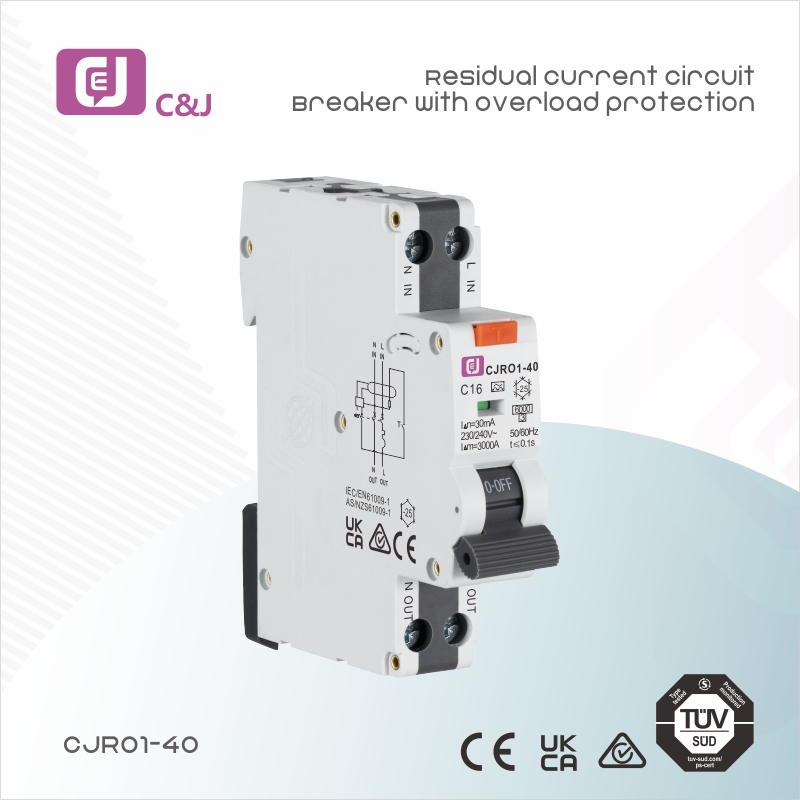Understanding RCCB and RCBO: Essential Components of Electrical Safety
Safety is paramount in electrical installations. Residual current circuit breakers (RCCBs) and residual current circuit breakers with overcurrent protection (RCBOs) are two critical devices that play a vital role in protecting people and property. While their uses are similar, understanding the differences and applications of RCCBs and RCBOs is crucial for anyone working in an electrical or safety environment.
What is RCCB?
A residual current circuit breaker (RCCB) is a safety device designed to prevent electric shock and electrical fires caused by ground faults. It works by monitoring the balance of current flowing through the hot and neutral wires. If it detects a current imbalance, which could indicate a leakage current (for example, if someone accidentally touches the hot wire), the RCCB trips within milliseconds and disconnects the circuit. This rapid response is crucial to preventing serious injury or death.
Residual current circuit breakers (RCCBs) are typically rated in milliamperes (mA) and are available in a variety of sensitivity levels, such as 30mA for personal protection and 100mA or 300mA for fire protection. They are commonly used in residential and commercial electrical systems to improve safety, especially in areas with water, such as bathrooms and kitchens.
What is RCBO?
RCBO (Residual Current Circuit Breaker with Overcurrent Protection) combines the functionality of an RCCB and a miniature circuit breaker (MCB). This means that the RCBO not only protects against earth faults, but also provides overcurrent protection against overloads and short circuits.
The dual functionality of an RCBO makes it a versatile choice for modern electrical installations. It can be used to protect individual circuits, enabling more precise control and safety. For example, if a specific appliance or circuit malfunctions, the RCBO will trip, isolating the fault without affecting the entire electrical system. This feature is particularly useful in residential environments with multiple circuits.
Main differences between RCCB and RCBO
While both RCCBs and RCBOs are crucial to electrical safety, they serve different purposes:
1. Scope of protection: RCCB provides only earth fault protection, whereas RCBO provides earth fault and overcurrent protection (overload and short circuit).
2.Application: RCCB is usually used in conjunction with MCB to provide comprehensive protection, while RCBO can be used independently to protect a single circuit.
3. Installation: The installation of RCCB and MCB takes up more space in the distribution board, while RCBO can combine the two functions into one device, thus saving space.
Choosing between RCCB and RCBO
When choosing between an RCCB and an RCBO, consider the specific needs of your electrical system. If you require ground-fault protection and already have an MCB installed, an RCCB may be sufficient. However, for new installations or upgrading existing systems, RCBOs are generally recommended due to their comprehensive protection features and space-saving design.
In short
In summary, both RCCBs and RCBOs are essential components of electrical safety. Understanding their functions, differences, and applications can help you make informed decisions when designing or upgrading your electrical system. Whether you’re a homeowner, electrician, or safety professional, prioritizing the use of these devices can significantly reduce the risk of electrical hazards, ensuring a safer environment for everyone.
Post time: Aug-08-2025





